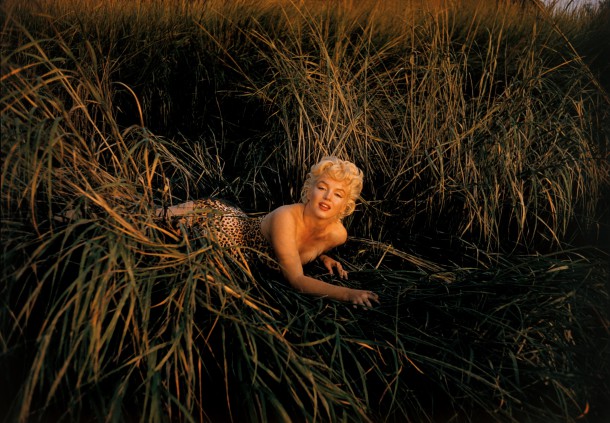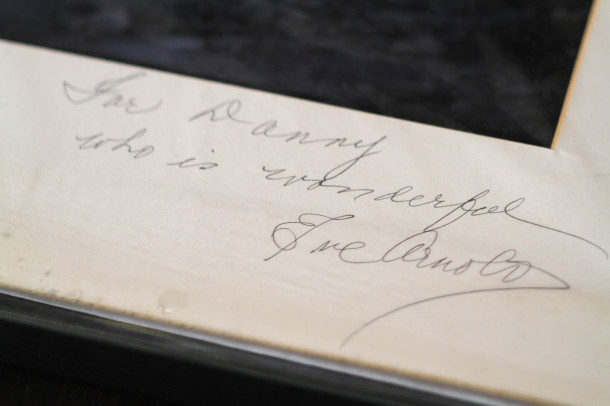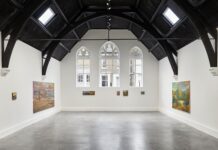Review by Anna McKie
A photographer’s relationship with his or her printer might seem a straightforward one. The former snaps a scene, the other puts the end product on to paper. It sounds simple. Yet the reality turns out to be extraordinarily complex – and fascinating – as the Brixton gallery Photofusion’s latest exhibition “Eve Arnold x Danny Pope” makes clear.
Eve Arnold photographed many iconic figures of the 20th century, some – such as Marilyn Monroe and Queen Elizabeth II – are featured in the exhibition. Arnold worked in what was then almost exclusively a man’s world and she was the first female member of Magnum Photos. She died in 2012, aged 100.
The exhibition explores the working relationship – and friendship – she had with Danny Pope. Pope was a pioneer in Cibachrome printing – in which handmade photographic prints were created directly from colour slide film. His client list includes many revered names in photography, including David Bailey. The exhibition features original proofs and signed prints from Arnold to Pope. Their relationship culminated in 1995 when Pope produced prints for Arnold’s book In Retrospect, alongside a show of the prints at the Barbican.
The show demonstrates Arnold’s knack for taking pictures of regularly seen faces but in an unusual manner. Her photograph of the Queen in 1968 in Cheshire, taken from behind, is a rare glimpse of the traveling monarch’s perspective. Her face is not visible but the public surrounding her is, as is the grotty pavement. But Arnold also captured mundane subjects in a striking compositions – such as ‘Mary Flaherty and father-in-law’ on the Aran Islands in 1974, a simple but wistful image of rural poverty. The pair look as if they would fit better in 1874 than the 20th century.
Over the years Arnold developed a close relationship with Marilyn Monroe and some of her images of the actress are featured, as well as beautiful shots from Mongolia and rural Ireland – all displayed in a fairly haphazard, non-chronological way with images leaping from actress to rural landscapes to portraits of herdsmen. Perhaps the aim is to showcase the versatility of Arnold’s work. If so, it works quite well.
Arnold’s use of colour is striking, a feature emphasized by Pope’s printing. But it is the personal touch that really makes this show so special. The description alongside an image of Monroe taken a year before her death is particularly poignant. Monroe had not seen Arnold for a long time. She was nervous, and needed reassurance and Arnold was still a trusted friend. Hence the queen of glamour’s touching question to the photographer: “How do I look?”


















